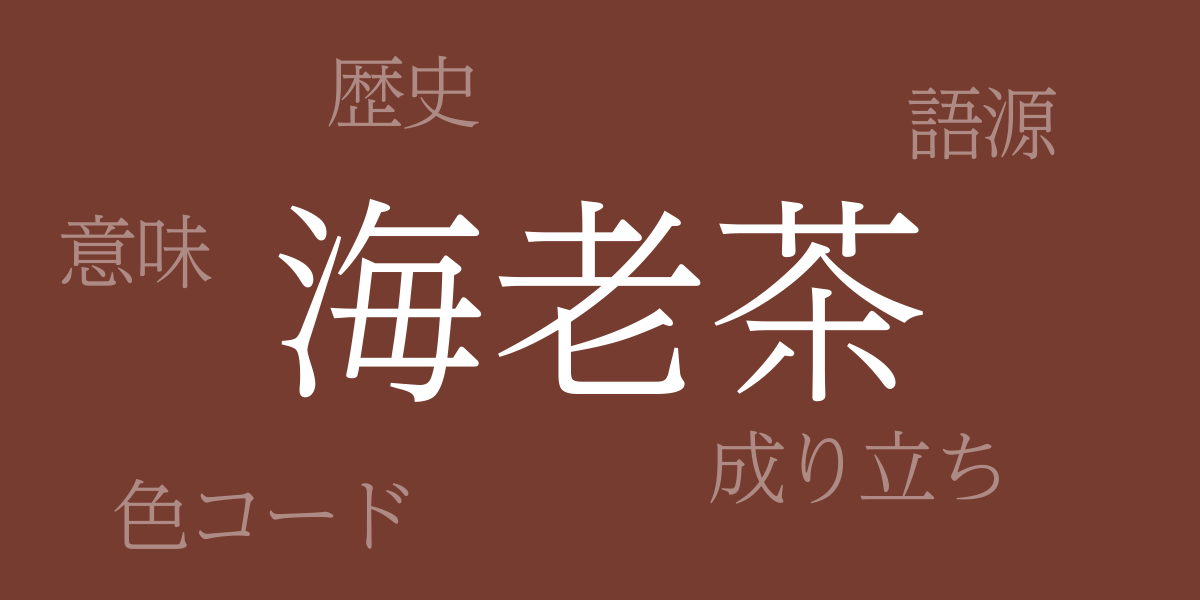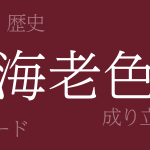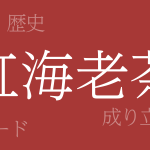Japan, with its beautiful natural scenery for each season, has cultivated a unique sense of color. Among these, ‘Shrimp Tea Color’ (海老茶 – えびちゃ) stands out with its depth and calm, making it one of the most attractive traditional Japanese colors. This article explores the beauty of Shrimp Tea Color, its rich history, and how this color is utilized in modern times.
About Shrimp Tea Color (海老茶 – えびちゃ)
Shrimp Tea Color, as its name suggests, is a reddish-brown reminiscent of the color of boiled shrimp shells, evoking warmth and tranquility. As one of Japan’s traditional colors, it has long been used in clothing and everyday goods. This color reflects the Japanese people’s delicate appreciation of natural hues and their culture of cherishing the changing seasons.
The History of Shrimp Tea Color
The history of Shrimp Tea Color dates back to ancient times, being used as early as the Heian period. It was prized among warriors and nobility, often chosen for tea ceremony utensils. In the Edo period, it became popular among the common people as well, used in items like braziers and tobacco utensils, integrating into daily life.
Color Code of Shrimp Tea Color
In digital design, accurately representing Shrimp Tea Color requires precise color codes. Listed below are the codes:
- HEX: #773C30
- RGB: R:119 G:60 B:48
- CMYK: C:53 M:82 Y:84 K:26
Western Name for Shrimp Tea Color
Internationally, Shrimp Tea Color is often referred to as ‘Shrimp Brown’ or ‘Lobster Brown.’ These names evoke the reddish-brown shade characteristic of the color, and are commonly understood in international design contexts.
Summary on Shrimp Tea Color
Shrimp Tea Color has a profound history as a Japanese traditional color, reflecting a deep reverence for nature. It is being revalued in various fields such as interior design, fashion, and other design disciplines in contemporary times. The warm hues of Shrimp Tea Color soothe the viewer’s spirit and stimulate a rich sensibility.

























